How to Create an Employee Benefits Package to Entice the Right Workforce
By Kimberly Kafafian
“What kind of benefits do they offer?” This has become a buzz phrase for today’s job searchers. Over the last few years, benefit packages have taken a front seat, as employees seek a better work-life balance that salary alone just can’t provide. So how do you create the right package to attract and retain the right workforce? Here are some strategies we use when helping our clients build their benefits offerings.
Strategies for Building a Better Benefit Offering
Understand Your Workforce
Not all employees are interested in the same benefits. You need to dig deep and determine what each demographic is desiring. For example, younger workers may be more focused on a flexible work schedule and retirement plans, while older employees may want to be able to work remotely to care for children and aging parents, as well as have opportunities to phase into retirement. How do you find out this information? Conduct surveys and focus groups to get a pulse on what really matters to your teams, as well as what benefits you are currently offering that are actually being used.
Provide a Varied Offering
You want your benefits package to be attractive to workers of all demographics, so be sure to hit on offerings that provide value to your entire workforce. For example, even if only a portion of your employees take advantage of eye or pet insurance that’s enough of a reason to offer it.
Don’t Overlook Soft Benefits
Benefits don’t have to offer a financial value in order to be valuable. Flexibility as to when you work and where you work is in high demand, as is a great culture. Promote an environment where collaboration and innovation is valued and celebrated both among onsite and remote workers.
Voluntary Benefits Are Appreciated
Everybody loves a great deal, so consider adding voluntary benefits into the mix. Some popular options include life insurance, additional disability insurance, gym memberships, financial counseling, student loan repayment programs, pet insurance, legal counseling, and identity theft protection.
Determine Your Budget
While you may want to create a golden package with all the bells and whistles, first analyze your finances to see what you can afford to allocate to benefits. You don’t want to create a package that you need to cut down the line. That will lead to an unhappy workforce.
Vet Providers and Vendors
Before you make any leaps, do your research to find the right insurance providers and benefits vendors for your business needs. Professional employee organizations could be a good option for insurance as they can help reduce costs. Other things to consider include the vendor’s user experience along with how easy the platform is to integrate into your systems. You want platforms that are easy to access and that provide optimal support.
If you need assistance creating your employee benefits package, our team of experienced HR professionals can help.
















